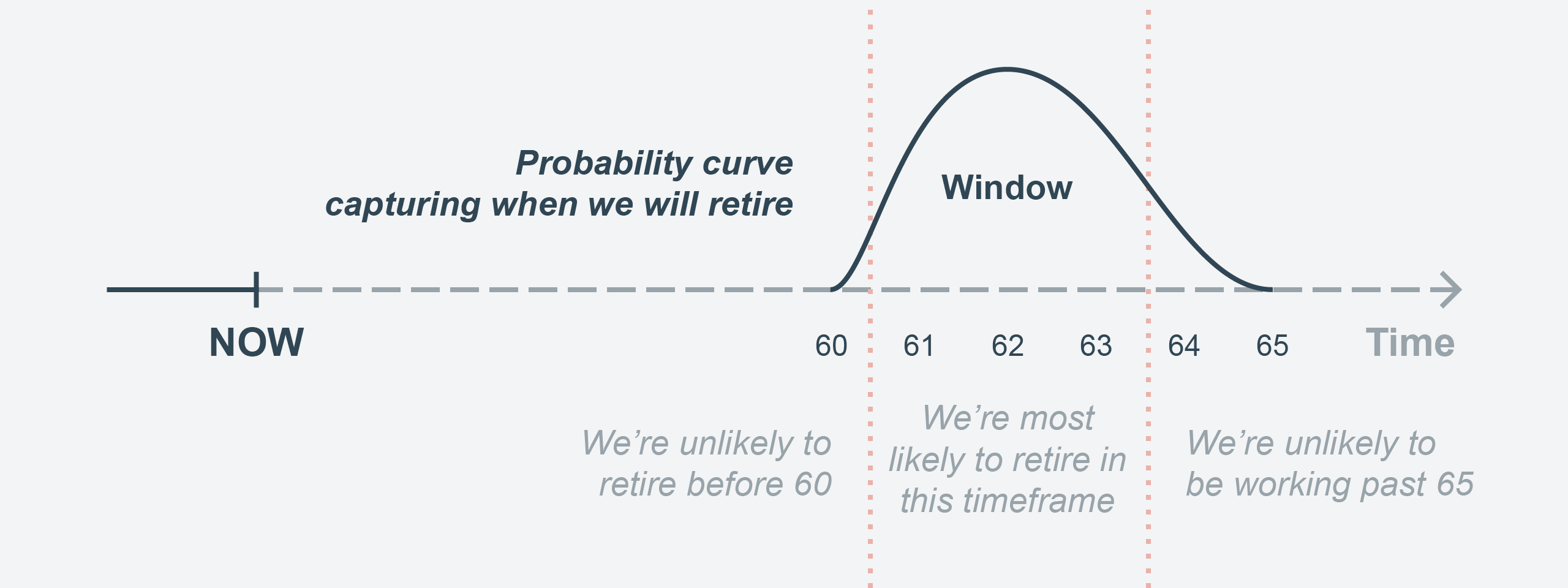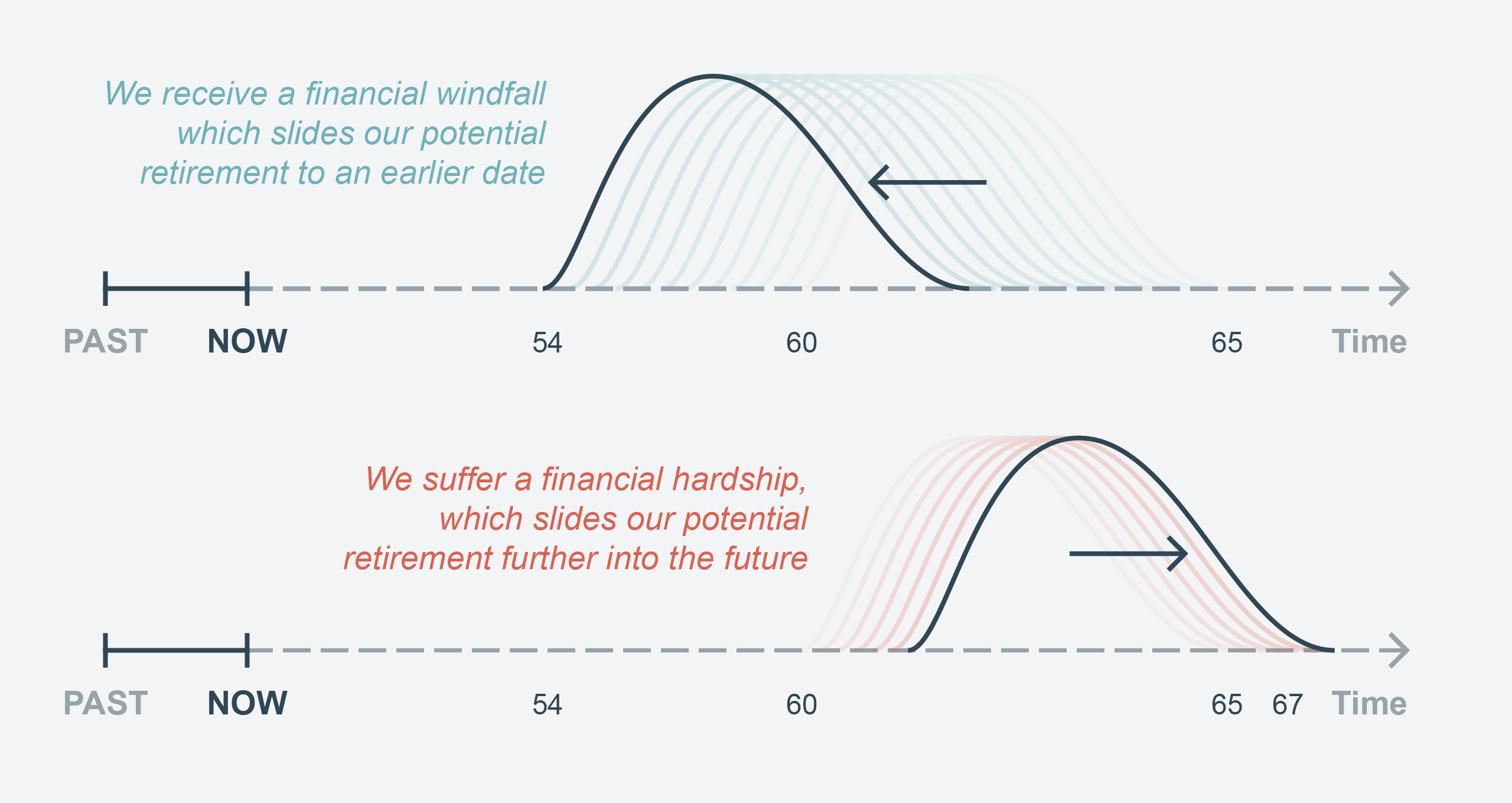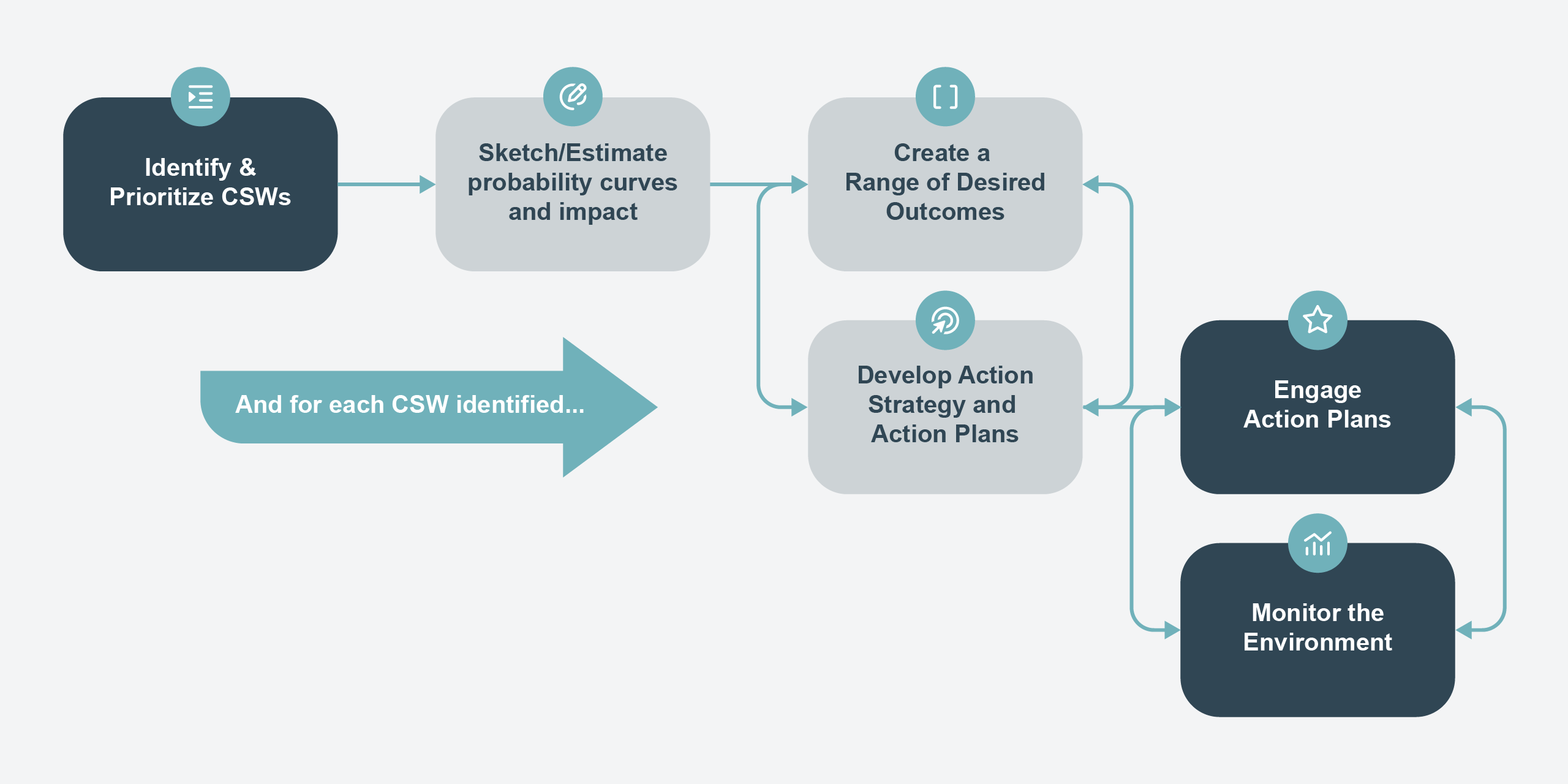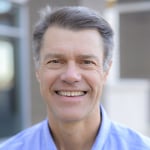Profit Streams
- Book Software Profit Steams™ written by Jason Tanner & Luke Hohmann
- Solution Profitability Management™ Maximize profit throughout the solution lifecycle.
- Partners Deliver Profit Streams Courses and Services by becoming a Profit Streams Partner
- Community Join the Virtual Hub for Business & Product Leaders'
Solutions
- Profit Stream™ Snapshot Assessment Gain clear insight into your existing Profit Stream design
- Solution Profitability Workshops Workshop for leadership teams to enhance pricing, packaging, and ROI for growth
- Customer ROI Modeling Approach financial analysis from the customer's perspective.
- Pricing & Packaging Make data-driven decisions to manage profitability
- Customer Benefit Analysis Develop an economic model of your solutions' tangible and intangible benefits
- Sustainable Agility
- Upcoming Training, Courses & Workshops Check out the upcoming Profit Streams™ and Scrum® live online & in-person offerings
- Product Management Academy Grow top product managers with our online academy
- Profit Streams Accelerate growth with Profit Streams™ for expert insights on Pricing, Packaging & ROI
- Advanced Scrum Training The world's first on-demand, online advanced Scrum training.
Blog
- Profitable Software Learn how to design software that creates value AND profit.
- Product Management Keep up to date on the latest advances in product management
- Profitable SAFe® Explore how the Scaled Agile Framework helps you thrive in the digital world.
- Video Testimonials We know the work we do makes a difference. See what our clients say.


























